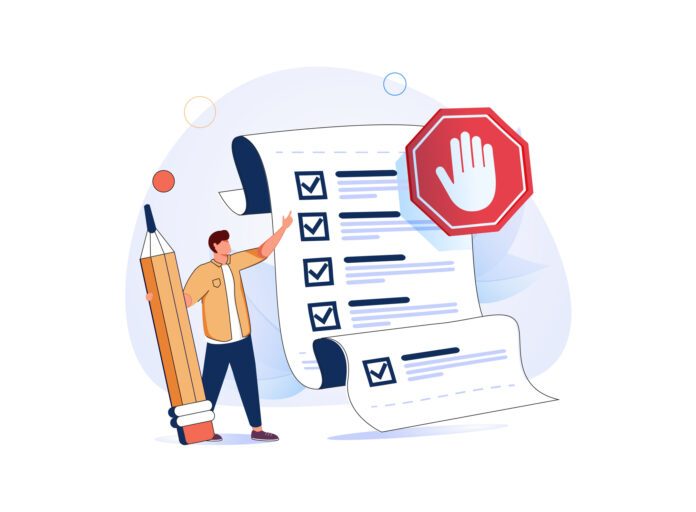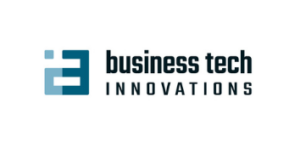
It’s no secret that businesses face a myriad of compliance challenges when it comes to document security. With the increasing volume of sensitive information being stored and shared electronically, ensuring compliance with regulations such as GDPR, HIPAA, and CCPA has become more critical than ever. In this article, we’ll explore the key compliance challenges businesses face in the digital era and provide best practices for maintaining robust document security protocols.
The Landscape of Compliance Challenges
Data Privacy Regulations
Data privacy regulations such as the General Data Protection Regulation (GDPR) in Europe, the Health Insurance Portability and Accountability Act (HIPAA) in the United States, and the California Consumer Privacy Act (CCPA) impose strict requirements on how organizations collect, store, and handle personal data. Failure to comply with these regulations can result in severe penalties and reputational damage.
Industry-Specific Regulations
Various industries, such as healthcare, finance, and legal, have their own set of regulations governing the handling of sensitive information. For example, the HIPPA mandates strict safeguards for protecting patient health information, while financial institutions must adhere to regulations such as the Payment Card Industry Data Security Standard (PCI DSS) to safeguard credit card data.
Evolving Threat Landscape
With cyber threats on the rise, businesses must constantly adapt their security measures to protect against data breaches, ransomware attacks, and other cyber threats. Hackers are increasingly targeting sensitive documents containing valuable information, making robust document security protocols essential for safeguarding against unauthorized access and data theft.
Best Practices for Document Security: 7 Actionable Steps
1. Encrypt Sensitive Documents
Encrypting sensitive documents ensures that even if they are intercepted or accessed by unauthorized parties, the information remains protected. Utilize encryption tools to encrypt files both in transit and at rest, minimizing the risk of data breaches and maintaining compliance with data privacy regulations.
2. Implement Access Controls
Implement granular access controls to restrict access to sensitive documents based on user roles and permissions. Only authorized personnel should have access to confidential information, and access should be regularly reviewed and updated as needed.
3. Conduct Regular Audits
Regularly audit document access and usage to identify any unauthorized activities or security vulnerabilities. By monitoring document access logs and conducting periodic security assessments, businesses can proactively identify and mitigate potential risks to document security.
4. Train Employees on Security Awareness
Educate employees on best practices for document security, including password management, phishing awareness, and safe file-sharing practices. Security awareness training helps employees recognize potential threats and empowers them to take proactive measures to protect sensitive information.
5. Utilize Secure Document Sharing Tools
Leverage secure document-sharing tools with built-in encryption, access controls, and audit trails to facilitate secure collaboration among team members. Choose reputable platforms that comply with industry standards and regulations, ensuring the confidentiality and integrity of shared documents.
6. Stay Updated on Regulatory Changes
Stay informed about changes to data privacy regulations and industry-specific compliance requirements that may impact document security practices. Regularly review and update document security policies and procedures to ensure ongoing compliance with evolving regulatory requirements.
7. Secure Document Destruction
Implement secure document destruction procedures to ensure that sensitive information is properly disposed of when no longer needed. Shred or securely delete documents containing sensitive information to prevent unauthorized access or data leakage.
Safeguarding Sensitive Data: A Call to Action for Modern Businesses
In conclusion, navigating compliance challenges in the digital era requires a proactive approach to document security. By implementing best practices such as encryption, access controls, regular audits, employee training, and secure document-sharing tools, businesses can mitigate the risks associated with data breaches and ensure compliance with regulatory requirements. By staying vigilant and continuously improving document security protocols, organizations can protect sensitive information and maintain the trust of customers, partners, and regulators in an increasingly digital world.




